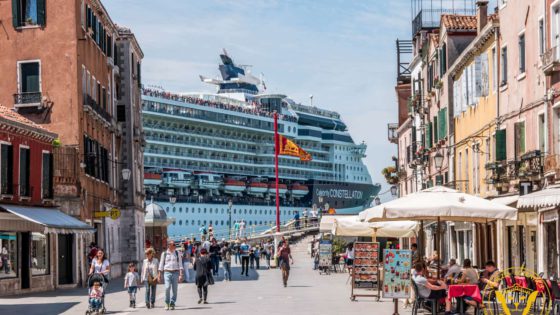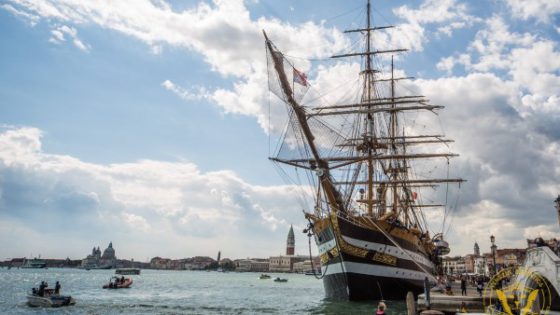FAKE NEWS ALERT: No, canals in Venice are not dry!
Several important media worldwide have been spreading misinformation regarding drought and empty canals in Venice in 2023.
That is absolutely not true.
They made up a story by showing two canals during the lowest moment of a low tide. This way, they made people believe that all canals in Venice were dry throughout the year.
Instead, they should have reported that those two canals were dry for barely 1-2 hours a day for about a week.
Moreover, they haven’t told their readers that:
- Low tides are a natural phenomenon that has been occurring for hundreds of years in Venice.
- Low tides have nothing to do with drought.
- The number of low tides per year in Venice has been sharply decreasing in the last 150 years.
Read below to learn more about low tides in Venice.
High and Low Tides in Venice
Many people know that Venice can be flooded.
But did you know that Venice can also be struck by extreme low tides?
Floodings are a natural phenomenon during which a particularly high tide, known as “acqua alta”, floods certain areas of the city for a couple of hours. The higher the tide, the more areas of the city will be affected.
Extreme low tides, known as “acqua bassa”, are also a natural phenomenon that occurs in Venice, usually in the wintertime.
What is the consequence of extremely low tides?
Low tides do not cause as many headaches as extremely high tides as they do not impact residents homes or shops. However, they do cause a problem, too.
The main issue with extremely low tides is the fact that boats can no longer navigate in a number of canals.
This means that ambulance or firefighters boats can no longer reach certain areas of the city. In case of emergency, that can be a serious problem!
How long does acqua bassa last?
Like the “acqua alta”, the “acqua bassa” last for few hours, the time for the tide to grow again.
What are the different 'tide' hights?
Venice’s Tide Centre, the “Centro Previsioni e Segnalazioni Maree”, labels tides according to their height in regards to the average sea level.
The different categories and relative heights are:
- Exceptional High Tide: Equal to or higher than +140
- Very High Tide : from +110 to +139
- High Tide: from +80 to +109
- Normal Tide: from – 5o to +79
- Tide under the normal level: from -51 to -90
- Exceptional low tides: Lower than -90
How low were the tides in Venice in the past years?
Since 2016, Venice witnessed a few low tides every year, in particular between December and January.
In 2016, the “acqua bassa” hit a record of – 66 cm below the average sea level. In 2017, -52 cm, and in 2018 again -65 cm.
More recently, tides were as low as -50cm in 2020, -55cm at the end of January 2022, and -70cm in 2023.
How does Venice look with low tides?
Canals in Venice have an average depth of 2 to 3 meters, but narrower canals are often much shallower.
On low tides days, the water can be so low that some smaller canals end up being completely dry. Even some bigger canals can become too shallow for larger motorboats.
Transportations of people and goods can, therefore, be impaired or interrupted, potentially temporary impacting many of the city’s businesses, which rely on waterways.
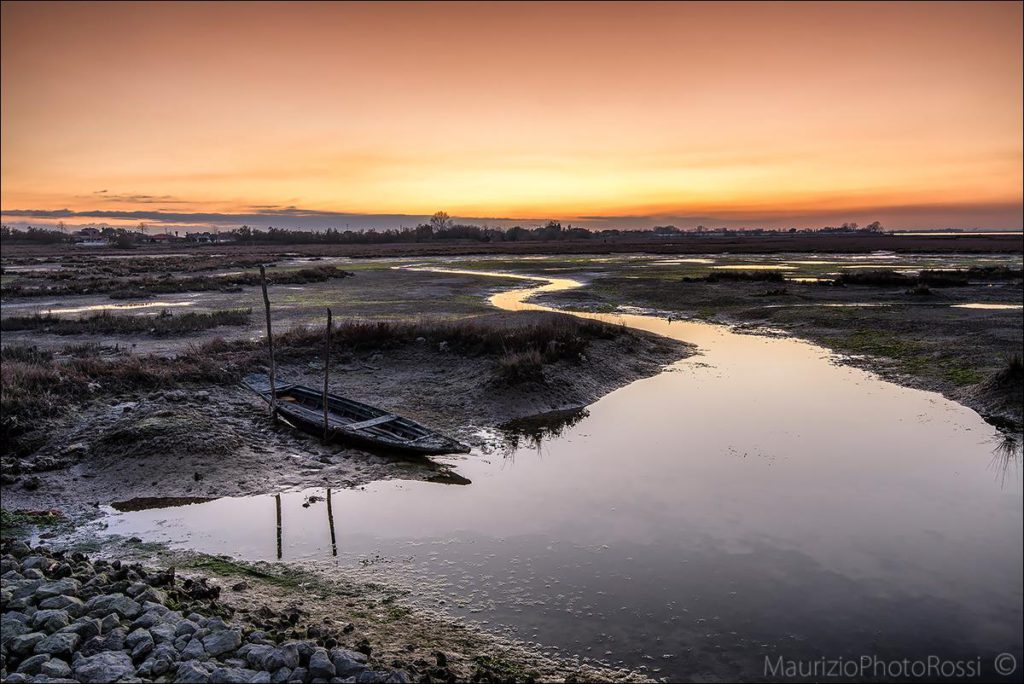
How low was the greatest acqua bassa ever recorded in Venice?
The lowest “acqua bassa” ever recorded in Venice was -121cm. It occurred on the 14th of February 1934.
Low tides and dry canals are not a consequence of drought
Low tides are a consequence mainly of high atmospheric pressure.
When there is high atmospheric pressure over the area of the Venetian Lagoon, the water coming from the sea is “pushed” out towards areas with lesser atmospheric pressure.
Is such an acqua bassa common? When was the latest important 'acqua bassa'?
Low tides used to be very common in the past centuries. Today, they happen less frequently: before the “acqua bassa” of December 2016, the latest recorded low tide took place in 2008, 8 years before.
How common were low tides in the past? How common are they now?
In the past, there could be up to a few hundred low tides every year!
Today, low tides are much less frequent.
Here’s a visual representation of low tides:
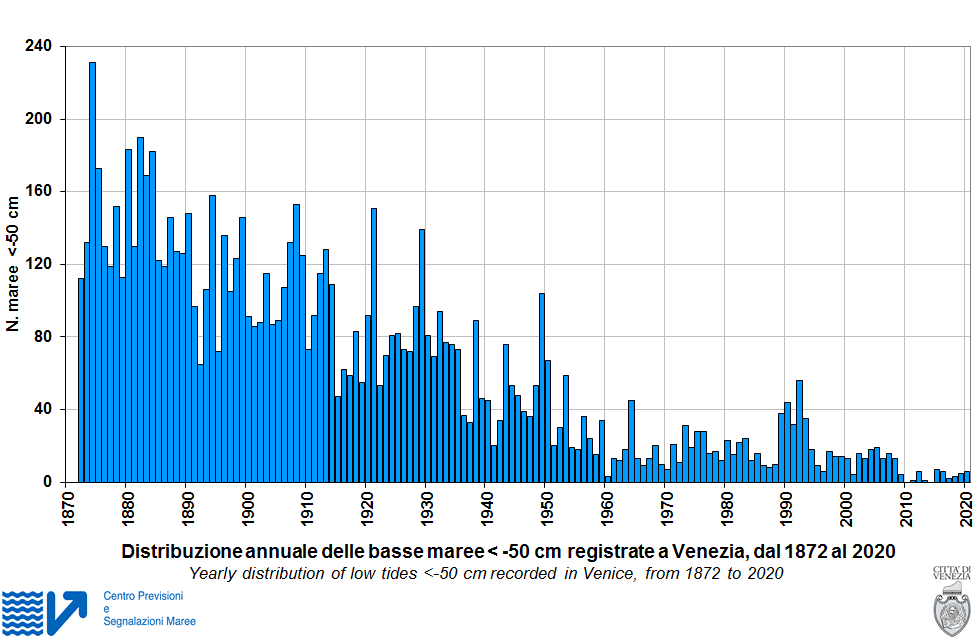
And here are a few images of what a low tide in Venice looks like:
Photos kindly provided to Venezia Autentica by Maurizio Rossi, Roberto Fagarazzi, Roberto Spinelli, Alessandro Pompeo and Agron Gjelaj.
I'm visiting Venice. Why should I follow your recommendations?
The way you visit Venice has an impact both on the quality of your experience and on Venice itself. Chilling, exploring, shopping, eating and drinking where the locals do, can make a huge impact both on the memories you bring home and on the local economy and community.
Home >> Venice and Venetians >> Venice Explained >> You’re Here
Facts, Curiosities, History of Venice, Italy
More about life in Venice, Italy

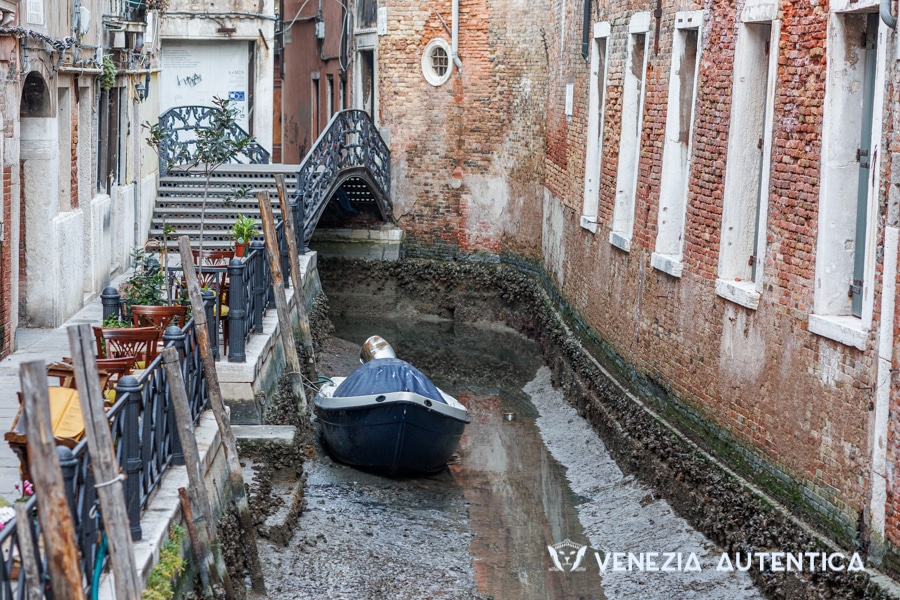
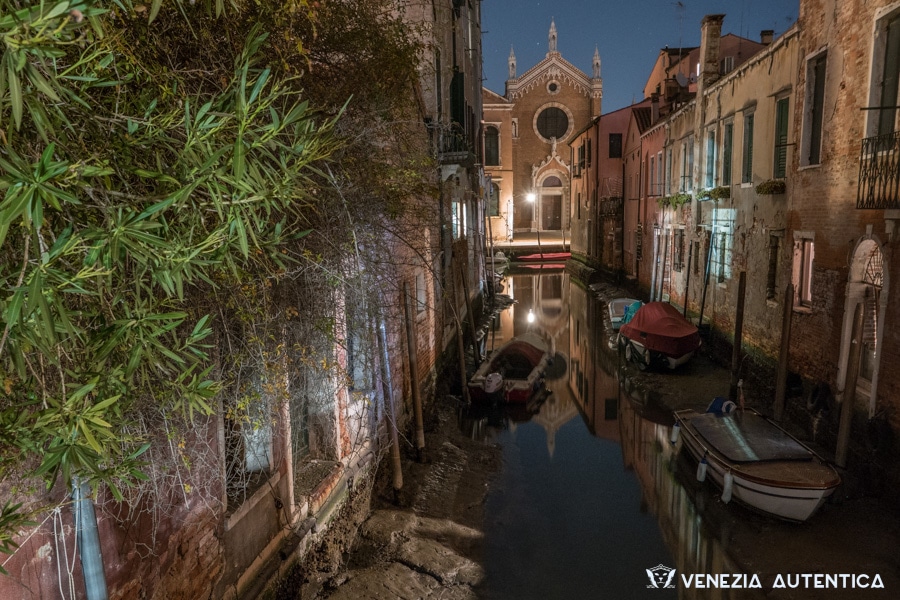
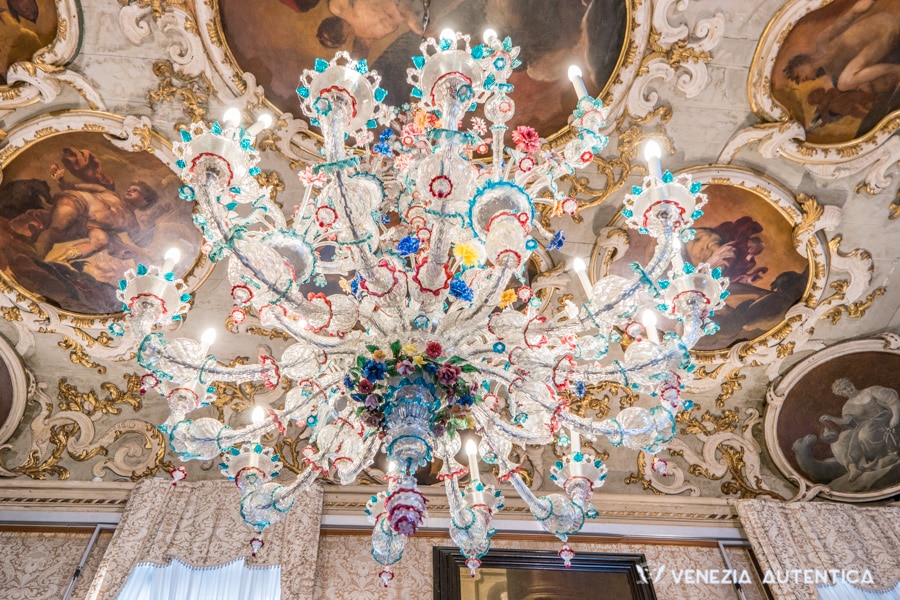
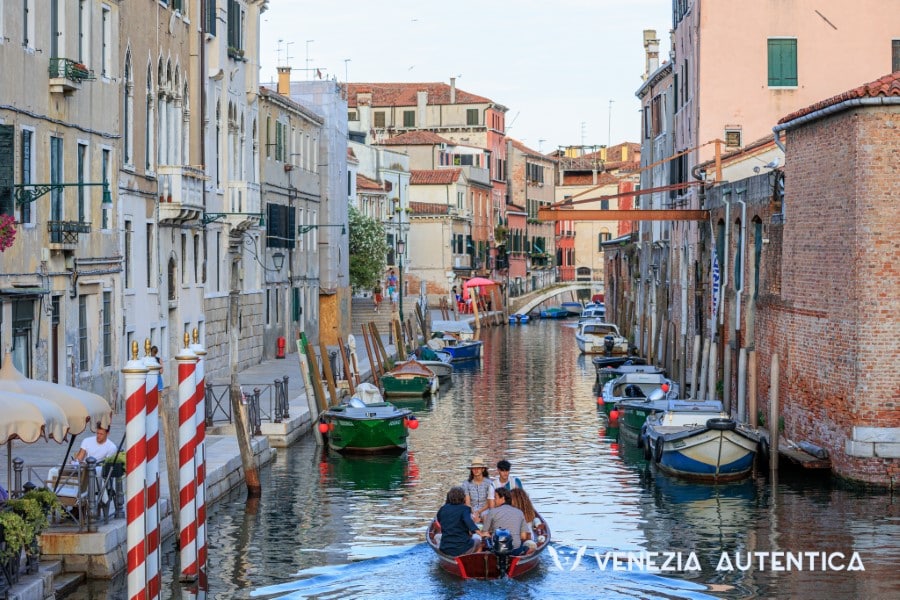
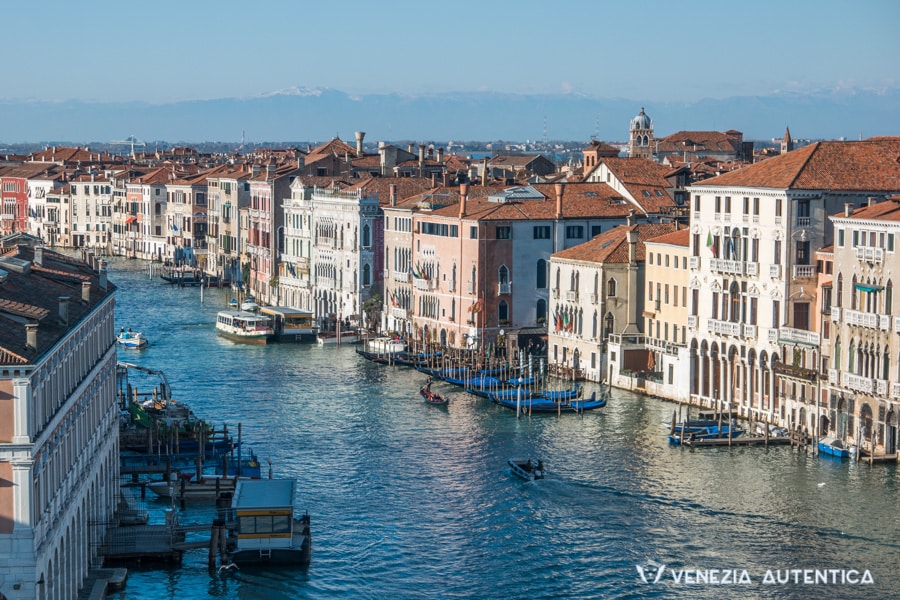
![From a local event to an international rowing appointment in Venice, Italy: La Vogalonga [VIDEO+PHOTO] - low tides - Venezia Autentica | Discover and Support the Authentic Venice - Most people know that Venice can be flooded. Far fewer know that low tides in Venice can be so extreme that canals run dry! The photos speak for themselves!](https://cdn1.veneziaautentica.com/wp-content/uploads/2016/05/0i5c0448-custom-560x315.jpg)
